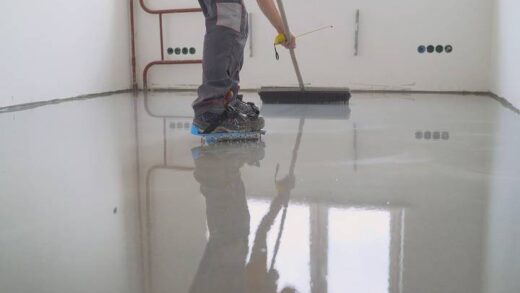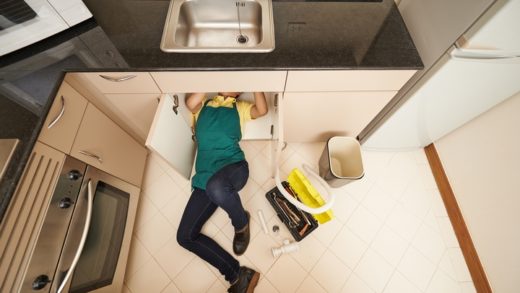In a manufacturing and production environment, an overhead crane can be the difference between making or breaking output goals. An overhead crane typically consists of a stationary bar with a moving piece attached to it.
The moving piece can have several overhead crane accessories, all of which are ideal for different purposes:
Crane Accessory #1: Lifting tongs
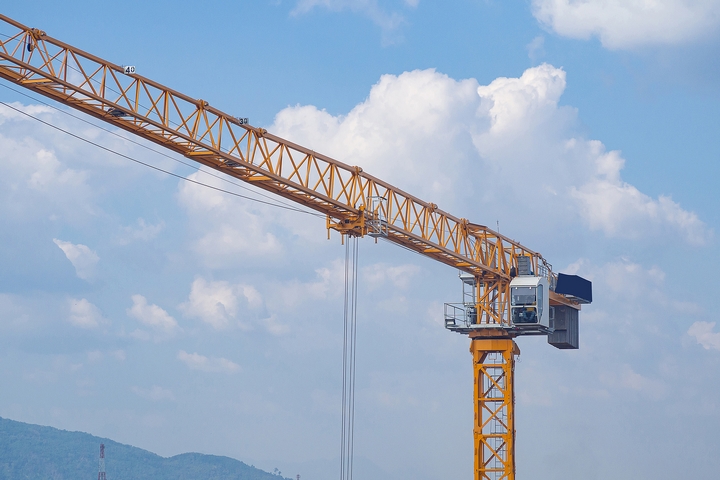 Similar to the tongs you would use in the kitchen, lifting tongs allow the overhead crane to grab onto a product or a piece of equipment, and move it. The crane attachments can accelerate the speed with which heavy and cumbersome things are moved around within the warehouse, without a bunch of machinery taking up space.
Similar to the tongs you would use in the kitchen, lifting tongs allow the overhead crane to grab onto a product or a piece of equipment, and move it. The crane attachments can accelerate the speed with which heavy and cumbersome things are moved around within the warehouse, without a bunch of machinery taking up space.
Crane Accessory #2: Fixed bar tongs
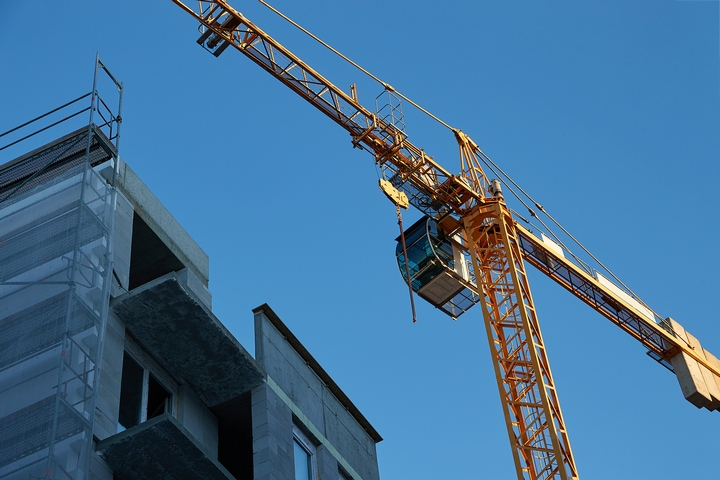
These overhead crane accessories are used for round beams and pipes. They are identifiable by their rounded tongs, which allow them to more easily grab and maintain a good grip on the items they carry. The key when using fixed-bar tongs is to maintain a balanced load.
If the load tips to either one side or the other, the load could slip through the tongs. Fixed bar tongs allow for only the carrying of a fixed diameter product.
Crane Accessory #3: Adjustable bar tongs
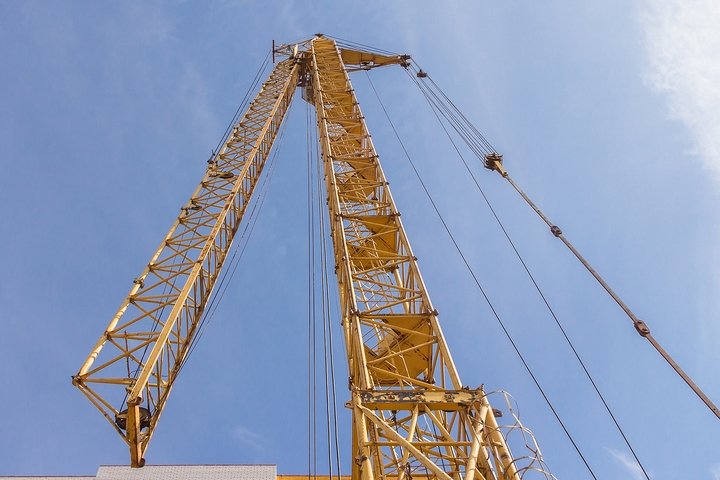
Very similar to fixed bar tongs, this mechanism also requires balance when being used, to ensure the safe transportation of the product. They are identified by curved pads attached to the tongs. Rather than the tongs holding the product, the pads allow for more diversity in the size of cylinders that are being transported.
Crane Accessory #4: Spreader beams
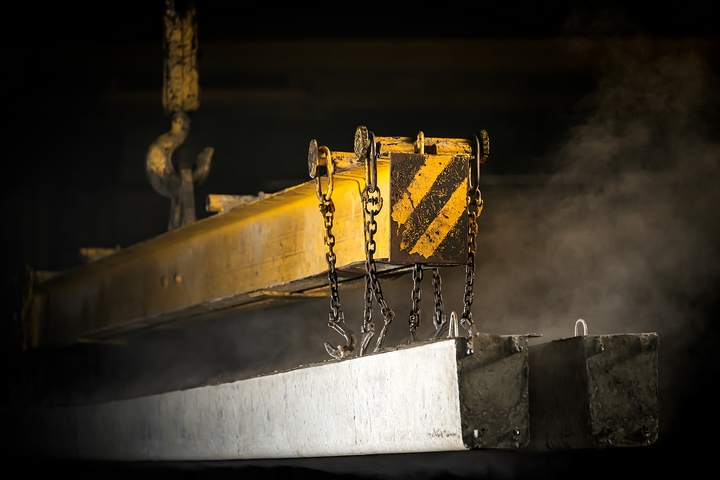
A spreader beam can be used to attach either two adjustable bar tongs, or two fixed bar tongs. This allows the load to be more easily balanced, as the cylinders can be supported in two spots, rather than just one. The spreader beam is quite simply a beam with attachments on either end where a second accessory can be attached.
It is identifiable by the way it is attached to the main crane: usually in two spots by a rig like a rope or a chain. This mechanism is good to help balance out a load, but requires more head room, and is used when the load being lifted applies a compressive stress to the beam.
Crane Accessory #5: Lifting beams
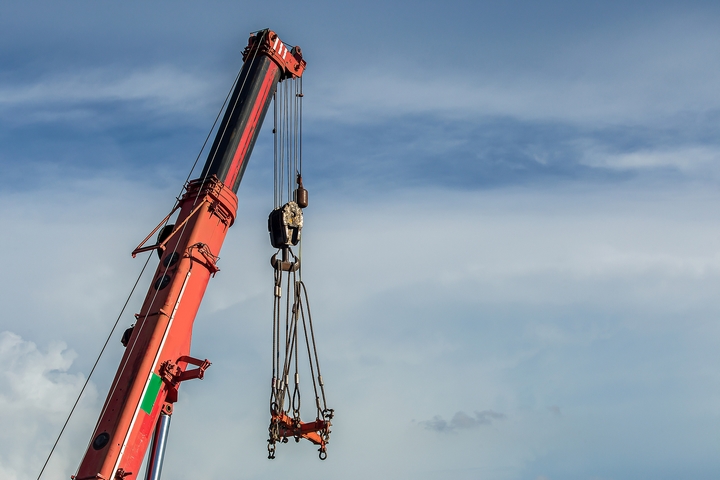 Very similar to the spreader beam, the lifting beam typically has a fixed structure, rather than a rope or chain to attach it to the main crane. It usually has only one point of connection, and requires less head room than the spreader beam.
Very similar to the spreader beam, the lifting beam typically has a fixed structure, rather than a rope or chain to attach it to the main crane. It usually has only one point of connection, and requires less head room than the spreader beam.
Although similar to the spreading beam, it’s function is completely the opposite. Rather than being used in applications that put compressive stress on the beam, lifting beams are used when the load is going to put a bending stress on the beam.
Crane Accessory #6: Pressure tongs
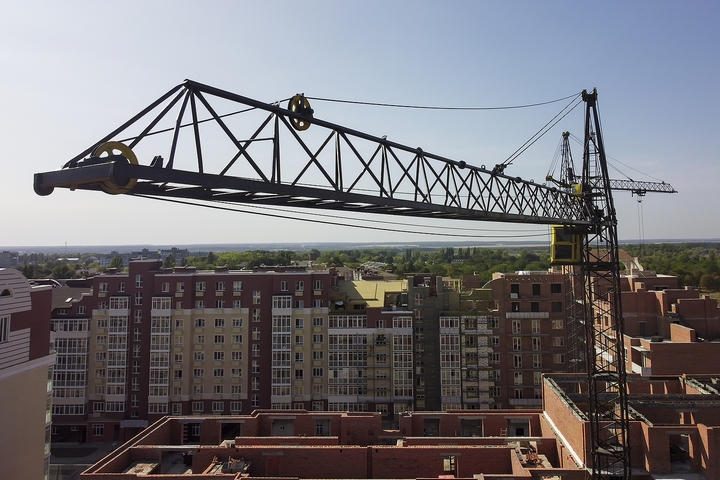
A pressure tong is most often used to grasp objects with flat sides. Instead of holding the item from the bottom, the tongs grab on from the side, using pressure from high-grip pads to ensure the item doesn’t slip. The pads can be made from different materials, depending on what is being lifted.
For example, rubber, a serrated material, or hardened points are all used to create grippy pads for pressure tongs. This tong is ideal for uses with products that are not going to be uniform in size.
Crane Accessory #7: Supporting tongs
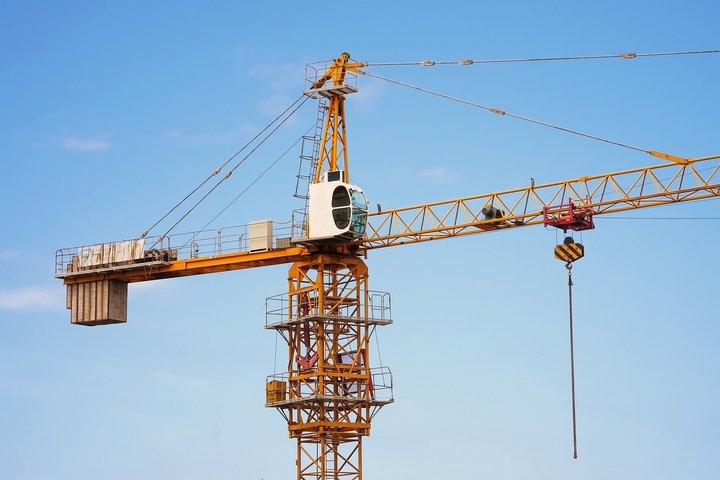
Unlike the pressure tong, the supporting tong does use a support underneath the item to hold it. This tong type is ideal when the products that will be lifted with the crane are uniform in size.
Crane Accessory #8: Crane C hooks
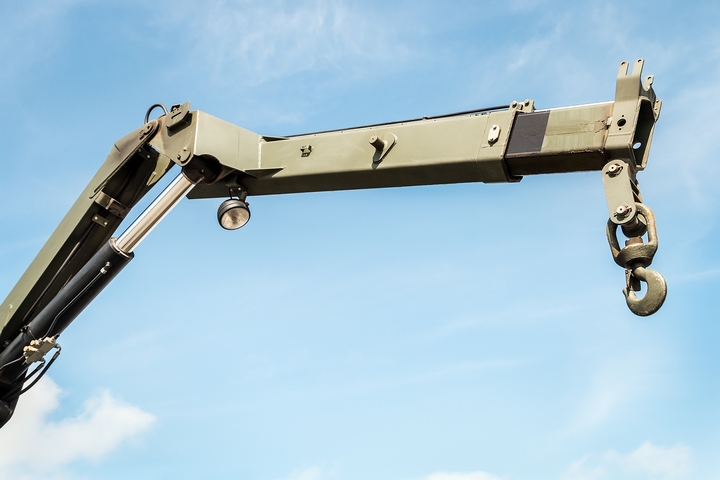
These attachments are shaped somewhat like a C, jutting out, down, and then back. The arm that is left at the bottom essentially creates a hook, which can be used to hang coiling or paper products.
There are different types of Crane C hooks for different purposes, including paper roll C hooks, narrow coil C hooks, and spring-balanced C hooks. They all look pretty much the same, but are slightly adjusted in measurement and style to accommodate its particular function.
Crane Accessory #9: Sheet lifters
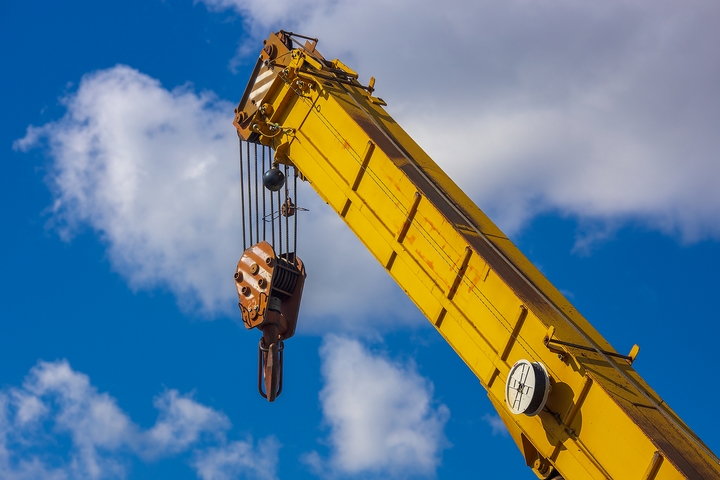
Typically, the sheet lifter is custom-made to fit the size of the sheets of steel that will need to be lifted. It is identifiable by small lips on each side, which run the length of the attachment (which would be about the length of the sheets).
They are designed to ensure the sheets are managed with care, balance, and do not become damaged. Some sheet lifters are adjustable in size.
Crane Accessory #10: Roll lifts

A roll lift is used to hold on to rolls of material, like sheet metal. It is identifiable by either a pin on each end which balances each side of the roll, or a set of J hooks, used to hold the roll once it has been threaded onto a bar.


